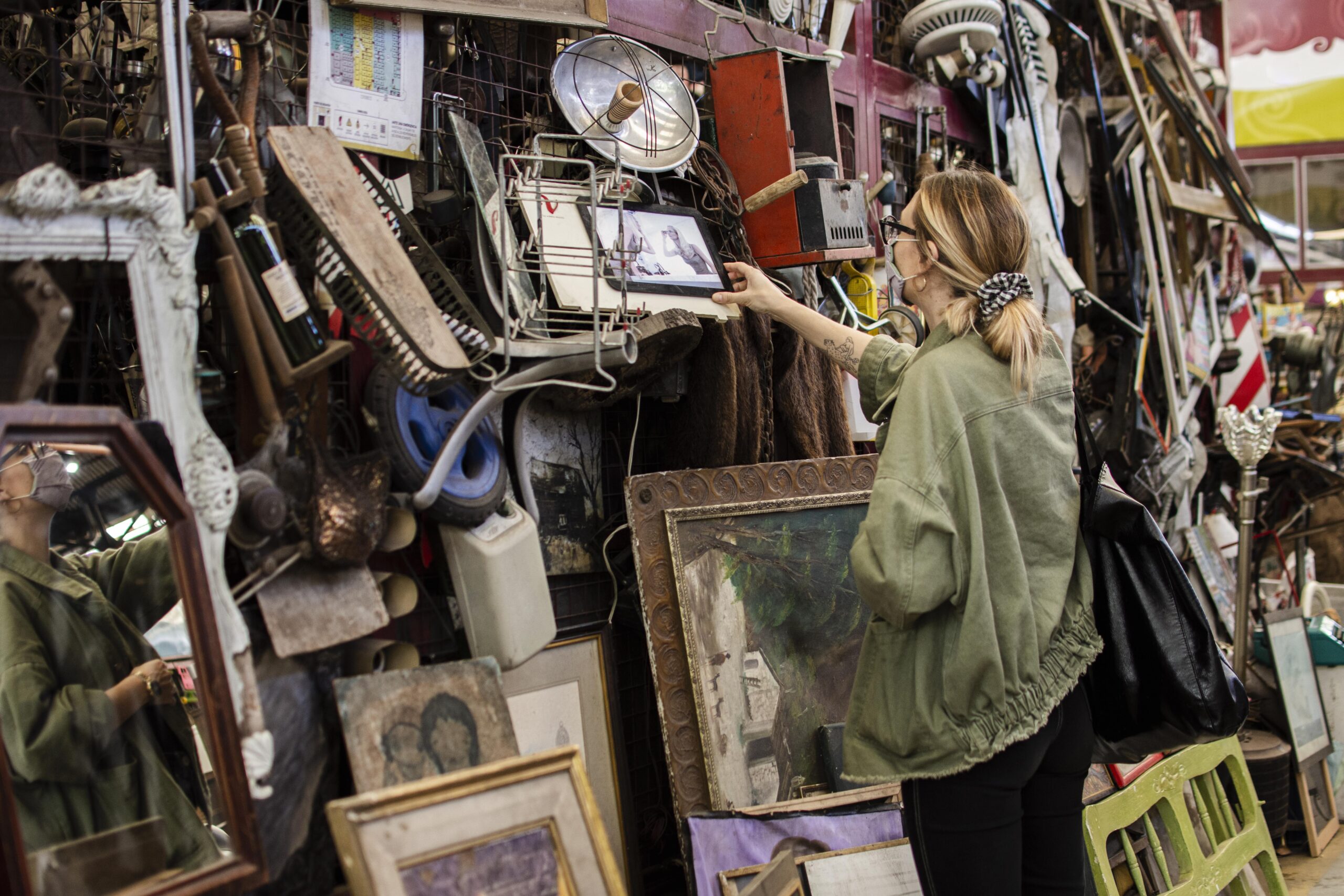Art Market
In the labyrinth of Anti-Money Laundering (AML) practices, various industries are often under scrutiny for their potential susceptibility to financial crimes. One such industry is the Art Market, which has a unique set of vulnerabilities. In this blog, we will discuss the Art Market in the context of AML.
 Written by Erling Andersen
Written by Erling Andersen
Definition
The Art Market encompasses the buying and selling of art pieces. It includes auction houses, private sales, galleries, and online platforms where artworks are sold. While it is a significant contributor to cultural exchange and economic activity, the Art Market’s opacity, high-value transactions, and global nature make it susceptible to money laundering and other illicit financial activities.
Practical Example
Consider a wealthy individual who has acquired significant amounts of money illicitly. To launder the money, they decide to buy a high-value piece of art. The transaction takes place in private, and the value of the art piece is subjective, making it an ideal medium for money laundering. The individual can later sell the artwork, effectively transforming their illicit funds into ‘clean’ money.
Statistics and Relevant Numbers:
The global art market was valued at over $64 billion in 2019, according to the Art Basel and UBS Global Art Market Report. Given the large sums of money involved and the often opaque nature of transactions, it’s no surprise that the market attracts the attention of those wishing to launder money. In fact, the FBI has estimated that art and cultural property crime – including theft, fraud, looting, and trafficking across state lines and international borders – is a criminal enterprise that amounts to billions of dollars each year.
Conclusion
While the Art Market contributes significantly to cultural enrichment and economic activity, it’s crucial to acknowledge and address its vulnerabilities to money laundering and other financial crimes.
In this regard, an essential tool for art dealers and financial institutions dealing with the Art Market is the Kyros AML Data Suite. This Anti-Money Laundering (AML) compliance software-as-a-service (SaaS) offers robust transaction monitoring, risk scoring, and regulatory reporting, making it easier to spot suspicious transactions in real-time.
The Kyros AML Data Suite’s advanced analytics can help identify unusual patterns and red flags, such as rapid buying and selling of artwork or high-value transactions with little apparent legitimate purpose. This allows businesses to proactively mitigate their risk and maintain compliance with evolving regulations.
By leveraging technology like Kyros AML Data Suite, stakeholders in the Art Market can ensure that they contribute to the integrity of the market while promoting transparency and deterring illicit activity.
Share article on
